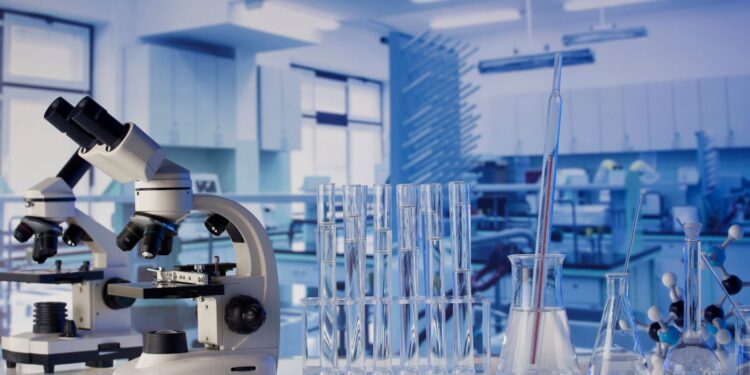As a seasoned expert in the field, I am deeply concerned about the rising number of laboratory acquired infections (LAIs). This alarming trend has become a pressing issue within the scientific community. Despite stringent safety protocols and precautions, LAIs continue to occur, posing a significant threat to the health and well-being of laboratory workers. In this article, I will delve into the reasons behind the increase in LAIs and explore potential solutions to mitigate this growing problem.
The safety of laboratory workers should be of utmost importance, yet the number of laboratory acquired infections is on the rise. This disconcerting trend demands immediate attention and action. In this article, I will shed light on the factors contributing to the surge in LAIs and delve into the potential consequences for both individuals and the scientific community as a whole. By understanding the root causes of these infections, we can work towards implementing effective preventive measures to safeguard the well-being of laboratory personnel.
The Number Of Laboratory-Acquired Infections Is Best Described As
The increasing number of laboratory-acquired infections (LAIs) is a concerning trend in the scientific community. Despite the stringent safety protocols in place, LAIs continue to occur, posing a significant threat to laboratory workers. To address this issue effectively, it is crucial to understand the nature and scope of the problem.
- Magnitude of the Problem: LAIs have become a prevalent issue, affecting researchers and laboratory personnel worldwide. According to recent studies, the number of reported LAIs has been steadily rising over the past decade. This alarming trend highlights the urgent need for better preventive measures to protect the well-being of those working in laboratories.
- Underreporting Challenges: While the reported cases of LAIs provide valuable insights into the problem, it is important to acknowledge that many incidents go unreported. Factors such as fear of reprisal, lack of awareness, and the absence of a standardized reporting system contribute to the underreporting of LAIs. This underestimation makes it difficult to accurately assess the true extent of the problem.
- Risk Factors: Several factors contribute to the occurrence of LAIs. These include inadequate training in proper safety protocols, improper handling of hazardous materials, lack of effective personal protective equipment (PPE), and even complacency among laboratory personnel. Identifying these risk factors is crucial in developing targeted interventions to reduce the incidence of LAIs.
Understanding the magnitude of the problem, the challenges associated with underreporting, the risk factors involved, and the consequences of LAIs is essential for developing effective strategies to combat this issue. By prioritizing the safety of laboratory workers and implementing comprehensive preventive measures, we can work towards reducing the incidence of LAIs and creating a safer working environment for all.

Causes of Laboratory Acquired Infections
Lack of Proper Training and Education
One of the major causes of laboratory-acquired infections (LAIs) is the lack of proper training and education among laboratory personnel. Insufficient knowledge on handling hazardous materials, implementing safety protocols, and practicing good laboratory practices can increase the risk of LAIs.
Laboratory workers who are not adequately trained may not be aware of the potential hazards associated with their work. They may not know how to properly handle or dispose of hazardous materials, increasing the likelihood of exposure to infectious agents. Inadequate training can also lead to a lack of understanding about the importance of following safety protocols and procedures, further raising the risk of LAIs.
Failure to Follow Safety Protocols and Procedures
Another significant cause of LAIs is the failure to follow safety protocols and procedures. Despite the existence of comprehensive safety guidelines, some laboratory personnel may become complacent and neglect to adhere to them. This can occur due to a variety of factors, including time constraints, lack of supervision, and a false sense of security.
When safety protocols and procedures are not followed, the risk of exposure to infectious agents increases. For example, failure to wear appropriate personal protective equipment (PPE) such as gloves, goggles, or lab coats can leave laboratory workers vulnerable to contamination. Improper handling of infectious materials and failure to implement proper sterilization techniques can also contribute to the spread of infections within the lab.
In addition, it is crucial to cultivate a culture of safety within laboratory environments. This involves promoting a strong safety culture that emphasizes the importance of following protocols and procedures, encourages open communication about safety concerns, and holds individuals accountable for their actions.
By addressing the causes of LAIs, we can work towards creating a safer working environment for laboratory personnel and reducing the incidence of these infections.














